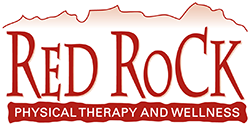Postpartum Hip Pain Exercises
After pregnancy, the pelvic floor muscles can be weakened due to the strain of carrying and delivering a baby. Improving pelvic health is essential to prevent and manage symptoms such as urinary incontinence, pelvic organ prolapse, separated stomach muscles, and lower back pain. Strengthening these muscles supports better bladder control, reduces the risk of pelvic organ displacement, reduces hip pain, and enhances overall core stability, which is vital for daily activities and preventing injury. You may be wondering, “What are Postpartum hip pain exercises I can do to reduce hip pain?” Some postpartum hip pain exercises you can do are pelvic tilts, cat-cow stretches, belly breathing, and wall sits.
Engaging in pelvic floor exercises, such as Kegels, can significantly enhance muscle tone and function. These exercises involve contracting and relaxing the pelvic floor muscles, which helps restore their strength and endurance. These exercises play a pivotal role in strengthening muscles around the bladder, vagina, and bottom, reducing incontinence, enhancing sexual function, and overall increasing comfort and confidence in daily activities. Other exercises like pelvic tilts, bridges, and diaphragmatic breathing further aid in strengthening the core and supporting the pelvic region.
If you are searching for an experienced McHenry physical therapist to help you with postpartum pelvic floor exercises, contact Red Rock Physical Therapy & Wellness at 815-451-4502 or fill out our form below.
Jump to A Section
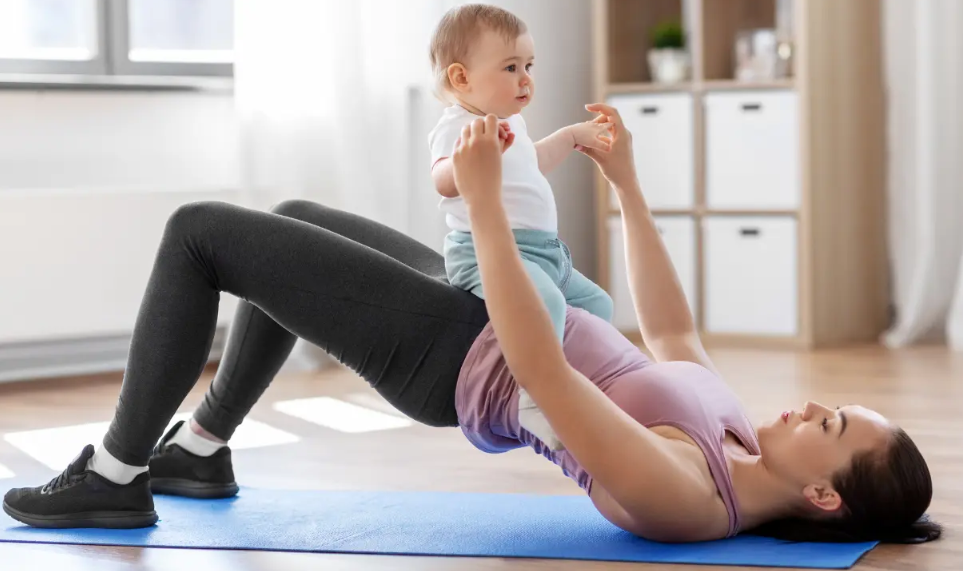
Importance of Pelvic Health After Pregnancy
These exercises, including belly breathing, pelvic tilts, and Kegels, are recommended to be initiated slowly and adjusted based on individual comfort levels. Consistent practice, under the guidance of a physical therapist, improves muscle strength and function, aids in recovery, and minimizes issues such as incontinence. Consulting a McHenry pelvic floor physical therapist postpartum is advised to assess conditions and tailor exercises for personalized recovery plans.
Recovery after childbirth varies individually, necessitating personalized guidance from pelvic floor physical therapists. Exercises like clamshells and diaphragmatic breathing are aimed at strengthening pelvic floor muscles, improving stability, and alleviating postpartum symptoms like incontinence or pelvic pain. Alongside exercises, maintaining proper posture, mechanics, and utilizing postpartum recovery products can facilitate healing. Correct execution of exercises and timely consultation with therapists are emphasized to ensure effective postpartum recovery, restoring strength and functionality to essential muscles.
Incorporating practical tips such as maintaining good posture during daily activities and seeking personalized advice from healthcare professionals ensures safe and efficient recovery, thereby promoting the overall well-being of new mothers. Contact our McHenry physical therapy clinic near you to schedule a consultation.
When Should You Begin Postpartum Exercises?
Postpartum exercise is crucial for recovery, starting with gentle activities like walking and pelvic floor exercises immediately after birth. From weeks 1 to 6, focus on pelvic floor exercises, correcting posture, and gentle strengthening exercises. Specific exercises include cat-cow for the spine, clamshells for pelvic support, and pelvic tilts for the lower back.
From weeks 6 to 12, gradually introduce body-strengthening exercises like squats and lunges, and aerobic activities such as cycling and swimming, provided all stitches and wounds are healed. After 12 weeks, higher intensity exercises, including running, longer swimming sessions, and gradient cycling, can be introduced. Always consult a healthcare professional before starting new activities to ensure safety and effectiveness. Our McHenry physical therapists can help with pelvic floor therapy exercises to help you regain your hip mobility after pregnancy.
How Can McHenry Physical Therapy Help Postpartum Muscle Recovery

Postpartum physical therapy after giving birth can be transformative in helping women regain strength, flexibility, and body control. This specialized therapy focuses on recovery from labor and childbirth, addressing lingering physical issues, and promoting pelvic floor health. By strengthening weakened muscles and improving balance, it helps alleviate both short-term and long-term complications, restoring confidence and well-being.
To achieve the best results, postpartum physical therapy programs are tailored to individual needs. These may include core stabilization, pelvic floor exercises, strength training, and cardio workouts. The therapy is especially beneficial as new mothers navigate the physical and emotional challenges of the postpartum period, where some may face persistent aches and pains that self-care alone cannot resolve.
With more women recognizing its benefits, postpartum physical therapy serves as a proactive approach to expedite recovery. It targets core muscles, reduces pain, enhances pelvic floor flexibility, improves hip mobility, and addresses balance issues. Moreover, it provides essential education on preventing common postpartum conditions like pelvic pain, incontinence, and diastasis recti, offering tailored exercises and techniques irrespective of the mode of delivery, whether vaginal or C-section.
Critical components of postpartum physical therapy include myofascial release, stretching, strengthening exercises, posture retraining, and breathing techniques, all of which collectively support physical and emotional healing. Prioritizing postpartum recovery is paramount, and various approaches, from at-home exercises to group classes or one-on-one sessions, offer valuable support. By embracing consistent effort and guidance, new mothers can cultivate resilience, making postpartum physical therapy an invaluable investment in their health and well-being.
Recognizing the significant changes in core and pelvic floor muscles during pregnancy and childbirth, postpartum physical therapy offers targeted interventions to aid in their recovery. These interventions, such as tailored stretching, strengthening exercises, and balance training, assist new mothers in regaining strength and stability in these pivotal muscle groups. Embracing the support of a physical therapist not only facilitates recovery but empowers new mothers to navigate this transformative chapter with confidence, reinforcing the importance of prioritizing their health for themselves and their families.
Contact our experienced McHenry physical therapists to help you regain your hip mobility postpartum.
10 Pelvic Floor Exercises to Strengthen Muscles Post-Pregnancy
Postpartum physical therapy is a vital component in aiding women’s recovery after childbirth, offering transformative benefits in regaining strength, flexibility, and body control. This specialized therapy targets the aftermath of labor and childbirth, addressing lingering physical issues and promoting pelvic floor health. Through tailored programs encompassing core stabilization, pelvic floor exercises, strength training, and cardio workouts, postpartum physical therapy helps alleviate both short-term discomforts and long-term complications, fostering confidence and overall well-being during the postpartum period.
Below are 10 pelvic floor exercises to help strengthen your muscles postpartum. We explain how to perform each exercise and the benefits of each.
Belly Breathing
Lie on your back with knees bent. Place one hand on your chest and the other on your belly. Inhale deeply through your nose, letting your belly rise, and exhale through your mouth, allowing your belly to fall.
How to Belly Breathing Perform:
Sit or lie down, placing one hand on your chest and the other on your abdomen. Inhale deeply, letting your abdomen rise, then exhale slowly.
Benefits of Belly Breathing:
Improves core stability and reduces tension in the pelvic floor.
Pelvic Tilts
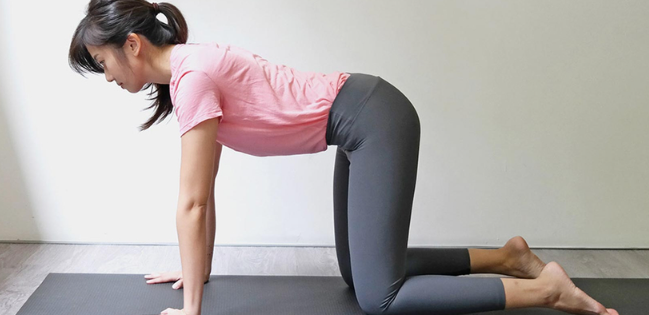
How to Perform Pelvic Tilts:
To perform pelvic tilts, lie on your back with your knees bent and feet flat on the floor. Tighten your abdominal muscles to tilt your pelvis upward, pressing your lower back into the floor. Slowly exhale and gently rock your hips toward your head. Hold the tilt for a few seconds then release and return to the starting position. Breathe a few more breaths before exhaling and relaxing. Repeat the exercise several times.
Benefits of Pelvic Tilts:
Strengthens the abdominal and lower back muscles while improving pelvic stability and alignment. Pelvic tilts help to alleviate lower back pain and enhance core muscle coordination.
Cat-Cow Stretches
How to Perform Cat-Cow Stretches:
To perform the Cat-Cow stretch, start on your hands and knees, ensuring your wrists are directly under your shoulders and your knees are under your hips. Begin by arching your back upwards into the Cat pose, tucking your chin towards your chest and drawing your belly button towards your spine. Next, transition into the Cow pose by letting your back sag downwards while lifting your head and tailbone towards the ceiling. Continue to alternate between the Cat and Cow poses, moving slowly and smoothly to maximize the stretch and flexibility in your spine.
Benefits of Cat-Cow Stretches:
The Cat-Cow stretch offers numerous benefits, including increasing flexibility in the spine. It effectively stretches and strengthens the abdominal and back muscles, contributing to improved posture and balance. Additionally, this stretch helps relieve tension in the neck, shoulders, and spine, promoting overall physical well-being.
Heel Slides
How to Perform Heel Slides:
To perform this exercise, lie on your back with your knees bent and feet flat on the floor. Slowly slide one heel away from your body, keeping it on the floor until your leg is fully extended. Then, bring the heel back to the starting position. Alternate legs and repeat the exercise, ensuring smooth and controlled movements.
Benefits of Heel Slides:
This exercise strengthens the lower abdominal muscles and enhances hip and knee flexibility. It promotes coordinated movement of the lower limbs and assists in regaining control and strength in the lower body.
Bridging
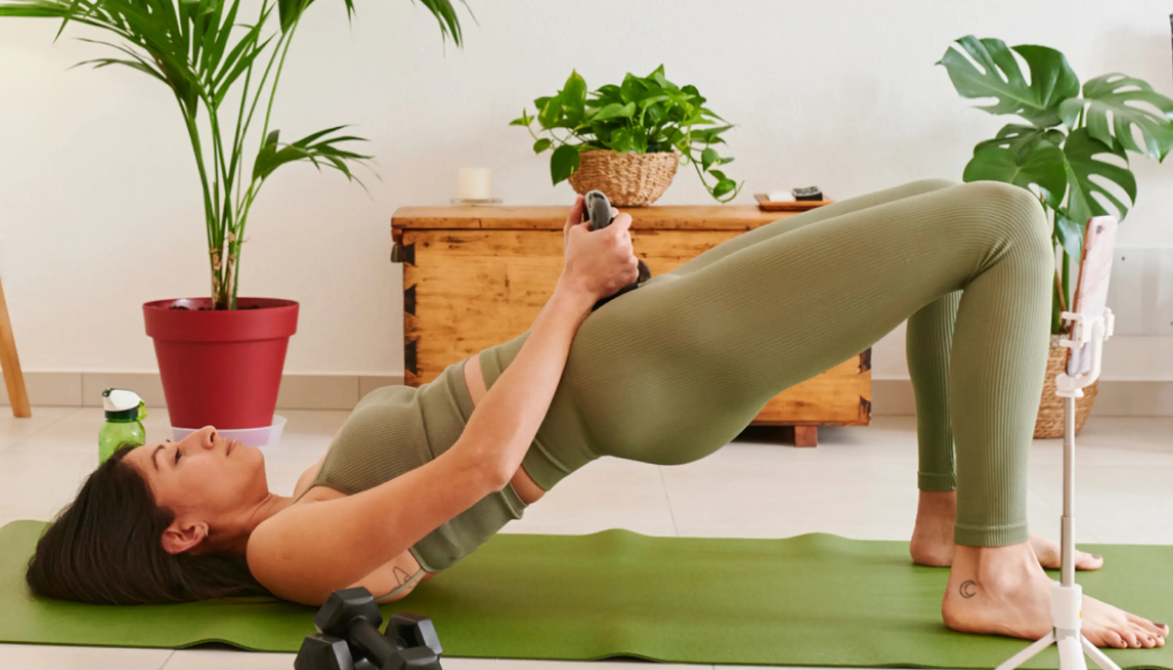
How to Perform Bridging:
To perform this exercise, lie on your back with your knees bent and feet flat on the floor, hip-width apart. Lift your hips off the floor, creating a straight line from your knees to your shoulders. Hold the position briefly, squeezing your glutes and core, before lowering your hips back to the starting position. Repeat the exercise several times to effectively engage and strengthen your muscles.
Benefits: of Bridging
This exercise strengthens the glutes, hamstrings, and lower back muscles, improving pelvic stability and core strength. It also enhances hip flexibility and mobility, while alleviating lower back pain and tightness.
Wall Squats
How to Perform Wall Squats:
To perform this exercise, stand with your back against a wall, feet shoulder-width apart. Slowly slide down the wall until your knees are at a 90-degree angle. Hold the squat position for a few seconds, then push back up to the starting position. Repeat the exercise to strengthen your legs and core.
Benefits of Wall Squats:
This exercise strengthens the quadriceps, hamstrings, glutes, and core muscles. It improves balance and stability, enhances knee and hip joint function, and reduces the risk of lower back pain by promoting proper alignment and posture.
Kegel Exercises
Contract the muscles you use to stop urination, hold for a few seconds, then release. Aim to do multiple sets throughout the day.
How to Perform Kegels:
Contract the muscles used to stop urination, hold for a few seconds, then release. Perform multiple sets daily.
Kegel Benefits:
Strengthens pelvic floor muscles, helping to prevent incontinence and improve muscle tone.
Clamshells
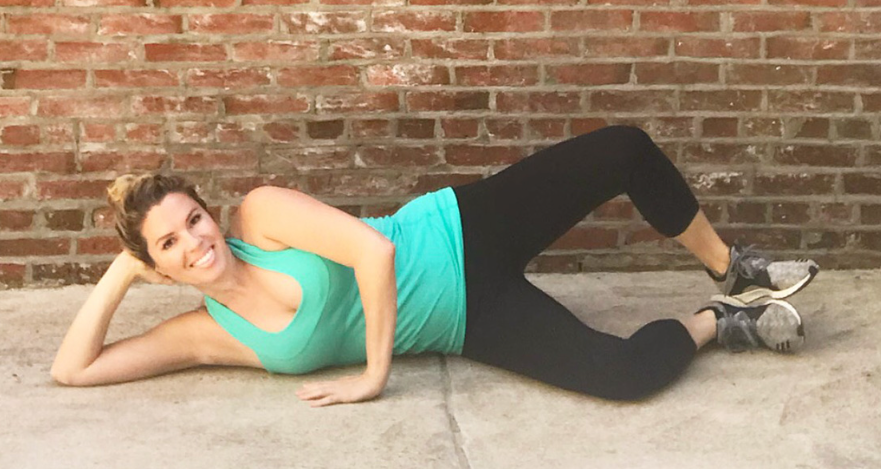
How to Perform Clamshells:
Lie on your side with knees bent, keeping your feet together. Lift your top knee as high as possible without moving your pelvis. Lower it back down.
Clamshell Benefits:
Strengthens the glutes and stabilizes the pelvis, which supports the pelvic floor.
Isometric Lower Abdominal Contractions
How to Perform:
Lie on your back with knees bent. Tighten your lower abdomen without moving your pelvis. Hold for a few seconds, then release.
Benefits of Abdominal Contractions:
Enhances lower abdominal strength and supports pelvic floor muscles.
Pec Stretches
How to Perform Pec Stretches:
Stand in a doorway with your arms on the frame at shoulder height. Lean forward gently until you feel a stretch in your chest.
Benefits of Pec Stretches:
Alleviates tension in the chest and upper back, promoting better posture and reducing strain on the pelvic floor.
Contact an Experienced McHenry Physical Therapist for Postpartum Pelvic Floor Exercises Near You

If you are searching for an experienced McHenry physical therapist to help you with postpartum pelvic floor exercises, contact Red Rock Physical Therapy & Wellness at 815-451-4502 or fill out our form below.
